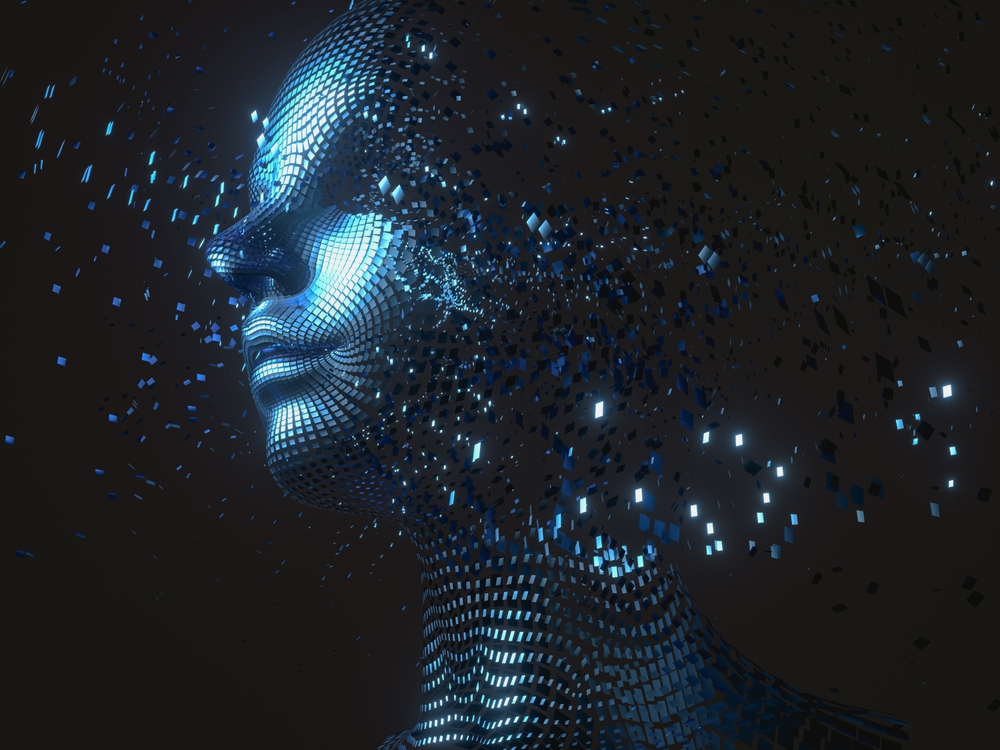An international research team, spearheaded by the Haas School of Business at the University of California, Berkeley, delved into an extensive examination of over a million images sourced from Google, Wikipedia, and IMDb across 3,495 categories. Their findings shed light on a substantial underrepresentation of women in these visual depictions.

Gender Disparities in Visual and Textual Content
The study, published in Nature, not only scrutinized images but also analyzed billions of words from these platforms. Surprisingly, the prevalence of gender bias was markedly higher in images compared to text, especially in categories traditionally associated with both men and women. The research underscores the escalating impact of visual content, revealing that as online users increasingly shift from reading to image consumption, gender bias intensifies, deepening its psychological ramifications.
Alarming Underrepresentation and Social Ramifications
Researchers emphasized that the degree of underrepresentation of women surpassed earlier estimations from public opinion polls and other sources. The study’s authors cautioned about the potential reinforcement of gender, racial, and societal stereotypes by generative artificial intelligence models trained on a plethora of “gender-skewed” images. Addressing these social consequences becomes imperative for fostering a more equitable and inclusive future for the Internet, notes NIXSOLUTIONS.
Tackling Gender Bias for an Inclusive Internet
The research highlights the urgency in addressing the societal implications of the ongoing shift towards visual communication. The authors stress that combatting gender bias in online visual content is vital for building a future internet that is fair, diverse, and inclusive.
